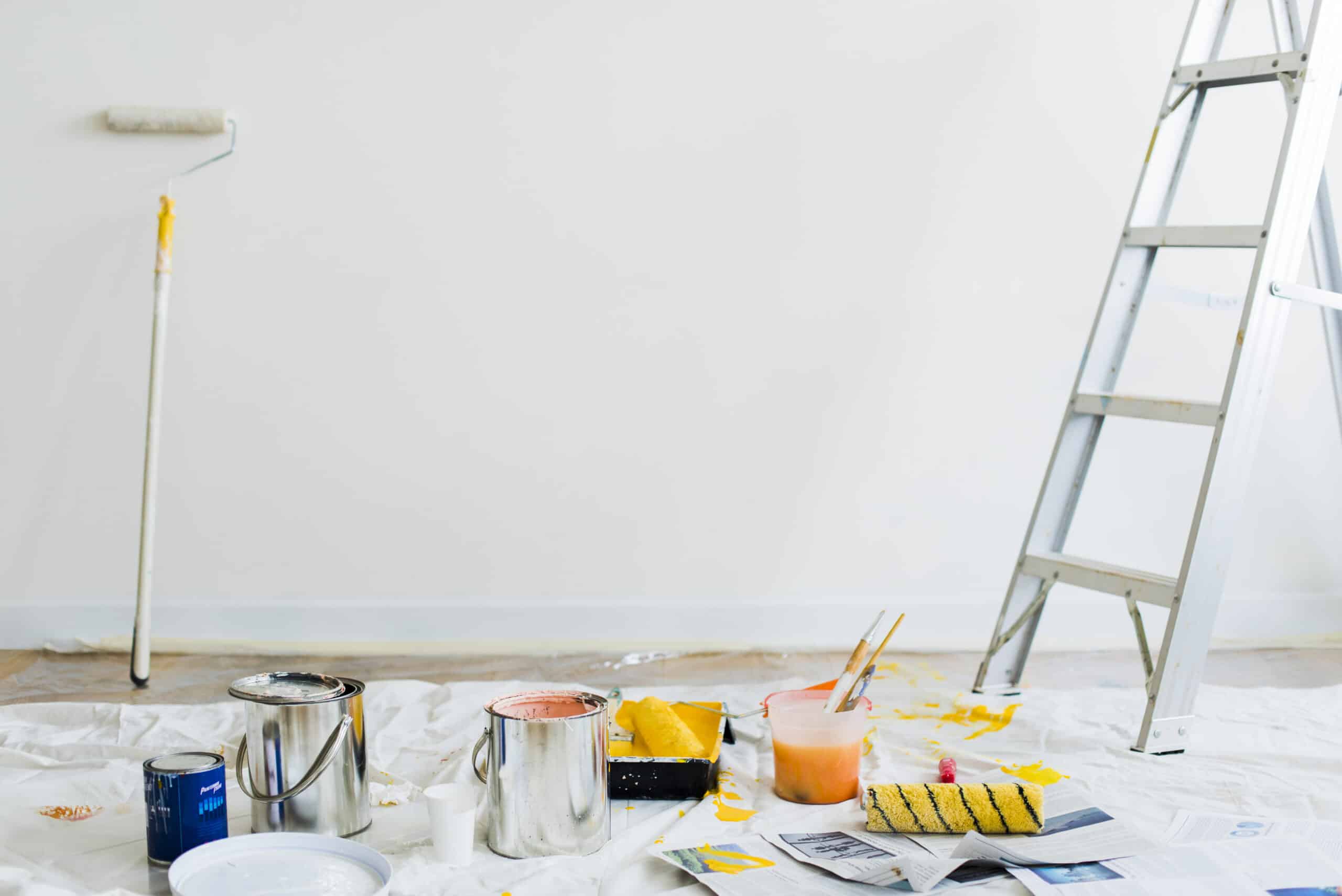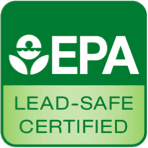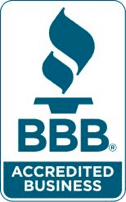The outside of your building is the first thing people notice. Whether it’s your home or a business that depends on foot traffic, the color you choose makes a lasting impression. A good paint job adds charm and character, while the wrong one can leave the whole place looking dated or unwelcoming. With this blog, you will learn why exterior colors matter, what to think about when choosing an exterior paint color, some of the best color options available right now, and how to make sure your project holds up over time.
Why Exterior Color Matters for Commercial Buildings
When you are dealing with a commercial property, the color on the outside plays a bigger role than you might realize at first:
- It has a direct impact on curb appeal, which affects how many people stop in or walk by.
- Your colors can tie into your logo or brand, generating a sense of consistency and professionalism.
- The overall shade influences how approachable or serious your business feels.
- Sun, rain, and climate also change the way a color looks and how long it lasts.
Key Factors to Consider When You Are Choosing Exterior Paint
Here are some key factors you should consider when you are choosing exterior paint:
Building Architecture and Materials
The design and material of your building should always factor into your decision. A modern office with clean lines might look best with darker neutrals or sharp contrasts, while a Craftsman-style home might look best with earthy or muted tones. Brick, wood, and stucco all react differently to paint. Thinking about the structure itself will help you land on a color that looks like it belongs.
Branding and Audience
For businesses, think about who you are trying to reach. A playful store or cafe can get away with brighter tones, while a law office or financial institution benefits from deeper, more traditional shades. You don’t always need to match your brand colors exactly, but tying them in through accents or trim can strengthen brand recognition.
Local Climate and Light Conditions
Colors look different depending on the light that hits them. A bold navy may look sharp in a cloudy climate, but it will turn almost black under intense sun. Lighter shades may feel washed out in overcast conditions, but can brighten up a shadier property.
Maintenance and Durability Requirements
Not every color wears the same way. Some finishes resist mildew and UV damage, which is helpful in harsher climates. Choosing something durable may cost a little more upfront, but it saves you time and money later on.
Regulations and HOA Guidelines
If you live in a neighborhood with an HOA or own a business in a historic district, check the rules before painting. Some communities restrict the use of bold colors, while others have approved palettes you are expected to follow.
Top 10 Exterior Paint Colors for Residential & Commercial Buildings
The top 10 exterior paint colors that homeowners choose for their residential and commercial buildings include the following selection.
1. Modern Charcoal Gray
Charcoal is a safe bet for anyone looking for a sleek and updated look. It works well on both homes and offices, especially when you pair it with white or wood accents. It hides dirt better than lighter tones, though in sunny areas it can absorb a lot of heat.
2. Warm Sandstone Beige
Beige gives off a soft and inviting feel. It’s ideal for homes that want to blend in naturally with their surroundings. On commercial properties, it communicates warmth and approachability. It shows stains a little more easily, but with the right trim, it looks clean and classic.
3. Classic Navy Blue
Navy has a sense of stability, which is why so many businesses choose it. Homes painted navy tend to feel elegant and timeless. The color can fade faster in direct sunlight, but paired with crisp white trim, it makes a strong impression.
4. Slate Blue-Gray
This shade offers a nice balance for those who want something colorful but not overwhelming. It has a calm and grounded feel that works for both professional and residential spaces. In low light, it can look a little flat, so accenting it with a brighter trim helps.
5. Deep Forest Green
Forest green blends beautifully with natural landscaping, making it a smart choice for homes surrounded by trees. It gives commercial buildings an eco-friendly and stable feel. It can look heavy on its own, so lighter accents like cream or beige balance it out.
6. Earthy Terracotta
Terracotta creates warmth and a sense of character. It’s a great fit for homes in sunny or desert climates, and for businesses like restaurants or cafes looking to stand out. The trick is pairing it with the right trim since not every accent color works well with terracotta.
7. Crisp White
White never really goes out of style. It reflects light, brightens up exteriors, and pairs with nearly any trim or accent. The drawback is the upkeep, since dirt and mildew show up quickly, but when it is maintained, nothing beats the clean look of fresh white paint.
8. Black Accents
Black works best as an accent rather than a full exterior color. Doors, shutters, and trim in black can add depth and drama. It makes business signage pop and gives a modern edge to homes. Just keep in mind that black absorbs heat and can fade if not maintained.
9. Sunlit Mustard Yellow
Mustard yellow has a bold and upbeat feel that draws attention right away. It works nicely for creative studios or for a home where you want an exterior with personality. On its own, it can be a little strong, but pairing it with softer and more neutral trim tones helps balance this look.
10. Soft Sage Green
Sage green is gentle and calming. It blends with nature and has become a popular choice for eco-conscious designs. It can appear washed out in very bright light, but paired with warm wood tones or cream accents, it feels inviting and modern.
Tips for Selecting the Right Shade and Finish
If you need help selecting the right shade and finish, these tips are for you.
Sample and Test Before Committing
Paint always looks different once it’s on a wall. Testing a small patch lets you see how it behaves in morning light, afternoon sun, and evening shade. It also gives you a chance to confirm whether the tone matches your expectations once it dries.
Finish Options
Flat paint hides flaws but is not as durable. Satin or eggshell balances appearance with maintenance, while gloss finishes are easier to clean but highlight imperfections. Think about how much traffic or exposure your building gets before picking a finish.
Accent/Trim Coordination
Your main color sets the tone, but the trim brings it all together. Coordinating shutters, doors, and railings can make or break a look. A neutral base with strong accents adds personality without being overwhelming.
Material Compatibility
Different surfaces need different products. Brick, wood, stucco, and metal each require certain primers and paints. Using the wrong formula leads to peeling or poor adhesion. Selecting paint that aligns with your home’s surface makes your investment last longer.
Current Trends in Exterior Paint Colors
Some current trends in exterior paint colors include the following:
Monochromatic Schemes with Bold Accents
Many homeowners and businesses are keeping their main color neutral while adding bold accents on the doors or shutters. This keeps the building sophisticated while still giving it personality.
Earth-Toned Palettes
Colors inspired by nature are in high demand. Browns, tans, and muted greens give buildings a grounded, timeless feel and tend to age gracefully.
Sustainable and Recycled Colorants
More people are using eco-friendly paints made with recycled pigments. These reduce environmental impact while still delivering quality results.
Budget and Maintenance Considerations
Before a painting project, it’s important to create a budget to help you narrow down your options. Here are some factors to consider:
Cost Breakdown
Exterior paint cost typically ranges from 35 to 70 dollars per gallon, with labor often being the larger expense. DIY painting saves money but takes more time and effort. Prep work, like sanding or washing, should also be factored into your budget.
Longevity and Touch-Up Frequency
High-quality paints last longer, often lasting 7 to 10 years, while cheaper paints may need maintenance or refresh sooner. Darker shades fade more quickly in frequent sunlight, so touch-ups might be more frequent depending on your climate.
Warranty and Service Plans
Many brands and painters provide warranties covering peeling or fading. It’s worth asking what’s included and how long the coverage lasts. This added protection helps make sure your paint job holds up.
Working with Professional Painters vs. DIY Painting
DIY painting can be rewarding if you have the skills, but it’s not always practical. Tall buildings, textured surfaces, and prep work can be more challenging than expected. Professional painters bring experience and efficiency, delivering a smoother finish and longer-lasting results. If the project is small and manageable, DIY painting might be a good option. For larger or more complex jobs, hiring experts saves time and prevents costly mistakes.
Contact Boise Painting for Free Color Consultation Needs
Choosing an exterior color is not something you want to rush. Between architectural style, climate, and long-term upkeep, there’s a lot to think through. That’s where we come in. Our free color consultations make the process simple, and our Boise-based professional painting services give you a finish that lasts. Whether you’re refreshing your home or upgrading a commercial building, our exterior painting professionals are here to help. Contact us today to schedule your consultation.











